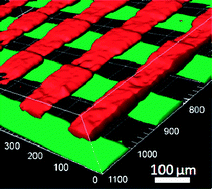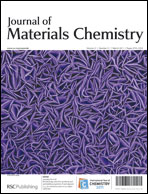Photosensitive polymers bearing fully aromatic esters for multilayer data storage devices
Abstract
The modulation of the refractive index in polymeric films by means of UV-light is of importance for modern optical applications such as wave guiding and optical data storage. In this contribution, we report on the synthesis of novel photoreactive


 Please wait while we load your content...
Please wait while we load your content...